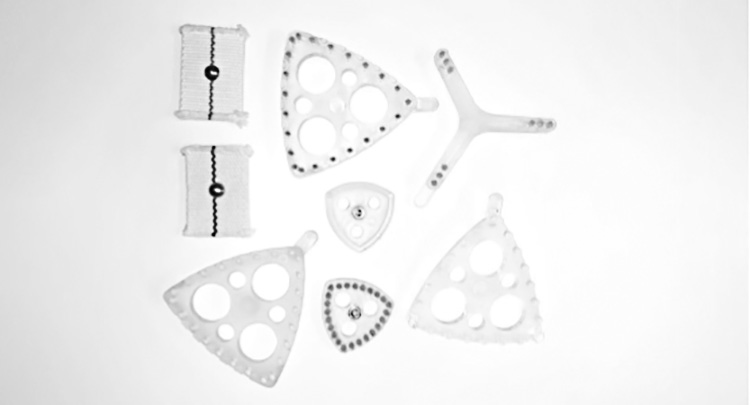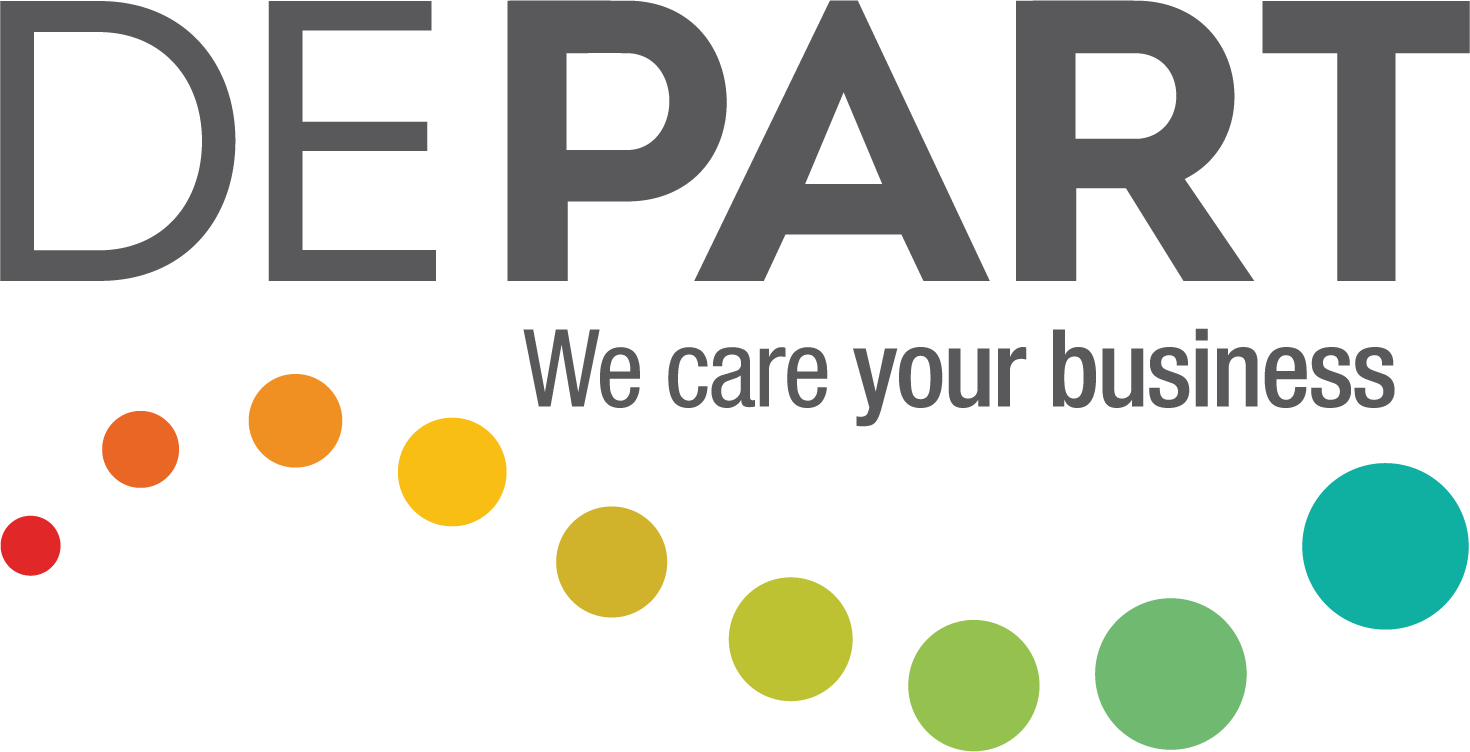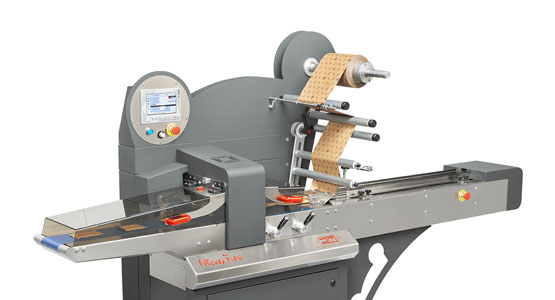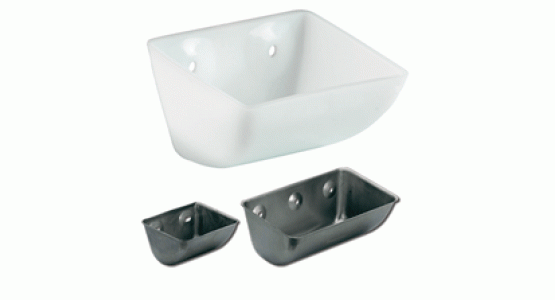How do sieve cleaners improve mill efficiency?
There is a direct relationship between the efficiency of plansifters used in the sifting and classifying processes in flour mills and the performance of the sieve cleaner. Choosing the right sieve cleaner contributes to the efficiency of the mill.

Plansifter sieve cleaners are utilized in flour milling factories to maintain the efficiency and performance of plansifters by ensuring that the sieve surfaces remain free from accumulated materials. These cleaners play a critical role in the milling process, where they help to enhance product quality and operational efficiency.
In a typical flour milling operation, plansifters are used to clasify the different particle sizes of flour and other grain products. Over time, these sieves can become clogged with fine particles, bran, or impurities that hinder their effectiveness. Plansifter sieve cleaners are designed to address this issue by their professional special designs to dislodge and remove any foreign material from the sieve surfaces.
Features of sieve cleaners
- Plansifter sieves, which have an important function in daily mill operations, are responsible for the sifting and classification of starch and flour at different stages. Since their performance is directly related to the cleanliness of the sieve surfaces, the choice of sieve cleaner to be used is extremely important. The quality and workmanship play a decisive role in the effect of sieve cleaners, which vary according to the material they are made of, their design, size and weight.
- Durability and flexibility: When used in plansifters, sieve cleaners are exposed to very heavy loads. For example, during 24 hours of continuous operation, they have contact with the sieve frame approximately 350,000 times. Because of this, a sieve cleaner must be made of a plastic that is equally hard it is elastic, so the sieve cleaner does not break apart, and so no parts of the sieve cleaner can break off. Fragments of a broken sieve cleaner can destroy the sieve cloth and contaminate the product that is being sifted. The result is that the quality of the flour drops, and the mill may have to be stopped, which costs the miller both time and money.
- Optimal hardness level: The plastic from which the sieve cleaner is made must not be too hard. With the horizontal swing of the plansifter, which puts the cleaners in dynamic motion, a material that is too heavy can attack the screen boxes and cause unwanted damage within the sieve field – especially in wooden screen boxes. It is therefore of utmost importance to choose exactly the right degree of plastic hardness. So, the material must be flexible and sufficiently elastic, while having a certain level of hardness, so that it can withstand the stresses in the plansifter and so that it does not wear out prematurely.
- Ideal weight: The same is true of the weight of the sieve cleaner. Sieve cleaners that are too light cannot move dynamically with strong product flow in the sieve field. In the worst case, they remain at a standstill within the sieve field, which means that no large-scale sieve cleaning can take place. This reduces the net sieving area and thus the yield. If the sieve cleaner is too light and remains at a certain point for too long, it can also cause the sieve mesh to break under punctiform loading.
- Heat resistance: It’s important to make sure that the material of the sieve cleaner is heat resistant. Depending on the geographical location of the mill very high temperatures can occur in the plansifter and in the product. The operating temperature inside the machine must not cause the cleaner to deform. In order for the cleaner not to become brittle during its service life and therefore to break prematurely, the material must also be resistant to fats and enzymes.
- Design: In addition to the material and weight, the design and shape of a sieve cleaner are also very important for effective cleaning. Sieve cleaners, which are in the shape of a arched triangle, are the most commonly used ones as they provide the most effective results in mill operations.
- Food compatibility: Although shape, size, weight and functional workmanship play a very important role in the quality of a sieve cleaner, one of the most important quality features of sieve cleaners is the food compatibility. Since sieve cleaners in mills come into direct contact with the products to be sieved, it is of great importance that the materials the sieve cleaner is made of are suitable for food safety.
Importance of sieve cleaners
In addition to being an important component for maintaining the efficiency of sieves, sieve cleaners also play an important role in ensuring the quality of the final product. For example, in the food processing industry, sieves are used to remove foreign objects from raw materials. If the sieve becomes clogged or damaged, it can be difficult to remove these residues properly, resulting in a lower quality product. Sieve cleaners, which are indispensable tools for maintaining the efficiency and effectiveness of sieves, help prevent clogging, extend the life of the sieve and maintain the quality of the final product.
High Quality Sieve Cleaners from Depart
You can securely purchase sieve cleaners from Depart, one of the most important needs for all your machines in the sifting group. For sieve cleaners offered in various options including nova type, star type, small type cotton type, tray cleaner, you can visit Depart Shop, where you can benefit from Depart quality and shop safely 24/7, or you can contact us: info@departspares.com
Source:
https://millingandgrain.com/sieve-cleaners-for-plansifters-why-high-quality-products-pay-off-and-positively-influence-the-yield-in-the-mill-19740/






